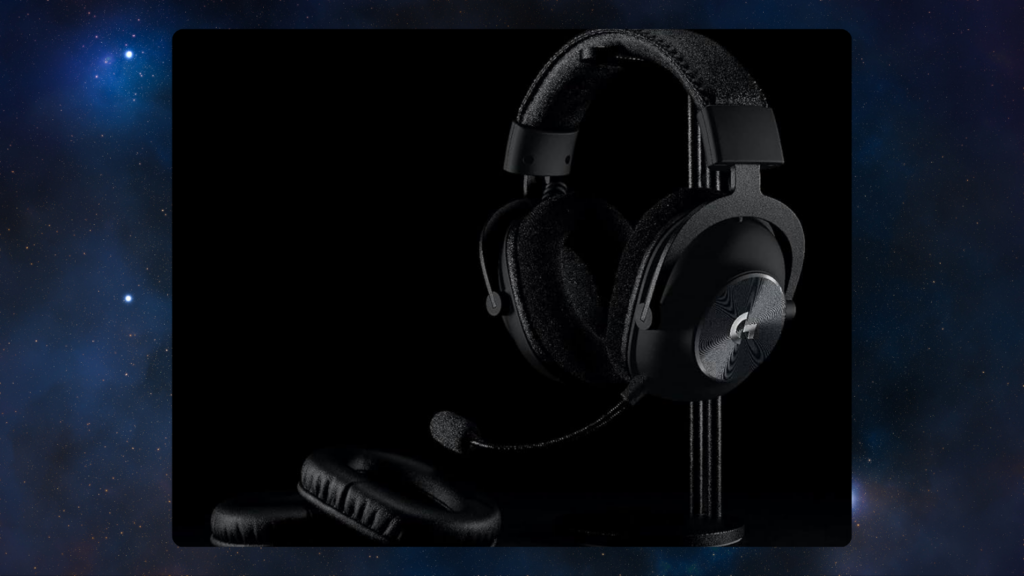Virtual reality headsets, like the Meta Quest and Apple Vision Pro, may dominate wish lists this holiday season, but mice are now stepping into the VR world—for science, not entertainment. Researchers have designed specialized VR goggles for lab mice, creating a groundbreaking tool for studying brain activity in more natural and immersive ways.
The Birth of MouseGoggles

MouseGoggles, as the system is called, was developed using off-the-shelf components such as smartwatch displays and tiny lenses. This low-cost yet effective setup enables scientists to project immersive virtual environments for mice while monitoring their neural responses.
“The perfect-sized display for a mouse VR headset already exists in smartwatches,” explained Matthew Isaacson, a researcher at Cornell University. “We didn’t have to build anything from scratch—just creatively adapt existing tech.”
A Leap Forward
Traditional methods for creating virtual environments for lab mice involved cumbersome projector screens. These older systems were noisy and disruptive, often invalidating experiments. MouseGoggles addresses these problems by providing a quieter, more immersive alternative.
Chris Schaffer, a senior researcher and professor of biomedical engineering at Cornell, emphasized the importance of this advancement. “The more naturalistic we make the environment, the closer we get to studying real brain function.”
Testing the System
To validate the effectiveness of MouseGoggles, researchers simulated a predator attack by projecting an expanding dark blotch. While mice showed no reaction in older VR setups, the new system elicited a strong startle response. “Almost every mouse jumped the first time they saw it,” Isaacson noted. “They really thought a predator was coming for them.”
The team also confirmed the goggles’ functionality through brain imaging:
- Primary Visual Cortex: The goggles projected clear, high-contrast images that activated this region, proving mice could see the virtual environment.
- Hippocampus: Neural activity indicated that mice were successfully mapping and navigating the virtual space.
Why It Matters
This new technology has the potential to transform neuroscience research. By immersing mice in VR environments, scientists can study how brains process movement, decision-making, and sensory integration. Such insights could lead to breakthroughs in understanding disorders like Alzheimer’s disease.
Looking Ahead
The researchers aim to expand the technology, adapting it for larger rodents like rats and exploring mobile versions of the system. They’re also working to integrate additional sensory inputs—like taste and smell—into the VR experience.
“Five-sense virtual reality for mice is an exciting direction,” Schaffer said. “It will allow us to study complex behaviors where sensory integration and motivation intersect.”
From its humble smartwatch-based design to its groundbreaking applications in neuroscience, MouseGoggles exemplifies the power of creative problem-solving. As this technology evolves, it promises to unlock deeper insights into the brain’s mysteries—one mouse at a time.

Subtly charming pop culture geek. Amateur analyst. Freelance tv buff. Coffee lover
